Mums non-stop now through Thanksgiving
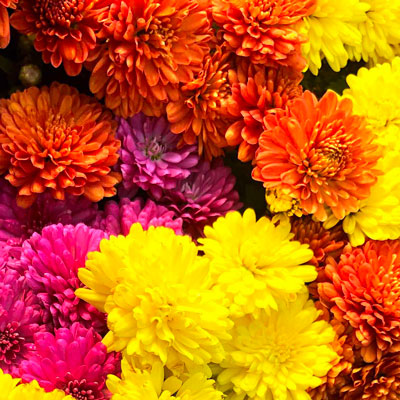
As a geeky plant-loving teenager in Aggieland, I fell asleep every evening with a nursery magazine or catalog in my hands. More often than not, it was from the Midwest, and this time of year it probably featured what they called “cushion” mums. The plants looked like pincushions – solid masses of blooms. Good golly, they were pretty!
Once I transferred from A&M up to Ohio State I saw what all the hubbub was about. School started at the end of September, and the mums were already coming into full flower.
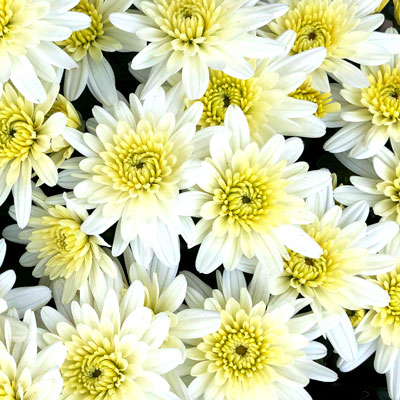
My first horticulture class took one of its first field trips to Yoder Brothers in Barberton, Ohio (outside Akron), where millions of those cuttings had been rooted. Two of my best friends had dads in senior management there. I was living a dream, smoozing with royalty, or so it seemed. I was studying to become the best greenhouse grower in America, and mums were high on my list of crops I wanted to grow.
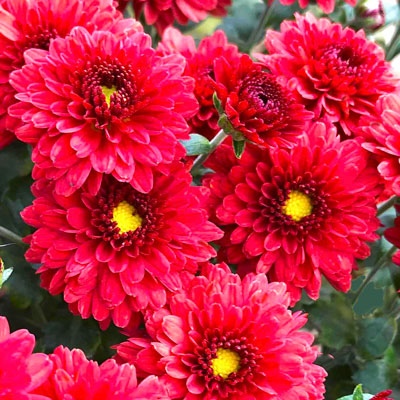
But then I taught school, and then I became an Extension horticulturist for TAMU in Dallas. I found that educating was even more rewarding – I could have my greenhouse as a hobby and hopefully help people become better gardeners as a career. So that’s what I’ve decided to try for a while. If it works, I’ll stick with it. The trial started in 1970. I’ll make my decision soon.
In the meantime, here’s what you need to know about growing chrysanthemums in your garden.

The low-down on mums…
• Mums are perennials, coming back from their clumping root systems each spring.
• They are fall-flowering plants. Some types will also flower in the spring.
• Flowering is triggered by the length of the dark period. Plant physiologists say they are “photoperiodic.” A flower-inducing hormone that is produced in the growing tips is destroyed by light. If the plants are exposed to just a few minutes of light during the night it will destroy the hormone and delay the development of flower buds.
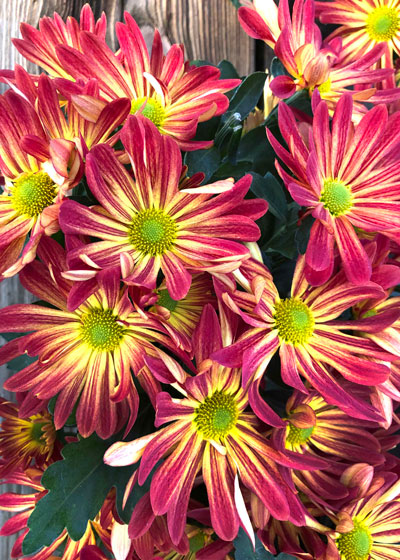
• Nights get longer as fall progresses, which is why mums eventually bloom in the autumn. Mums are called “long night” plants. So are kalanchoes, poinsettias and Christmas cacti, three other plants that typically bloom in the winter months.
• You can “force” these plants to bloom out of season by giving them artificially long nights. If there is any ambient light nearby, greenhouse growers pull black fabric over their plants at the end of the workday, and they remove it the following morning.
• Some mums will set buds in the spring because night lengths then correspond with those in early fall. You can enjoy those blooms for a few weeks, but you need to trim them off by June to let the plants start producing vegetative growth.

What mums need for best growth…
Here are the things you’ll want to provide to ensure the best show for your mum-growing efforts.
• Full sun. They will tolerate a couple of hours of shade, but any more than that and you can see their productivity decline.
• Plant into raised beds of well-prepared garden soil. Incorporate several inches of organic matter into the top foot of soil. Mums need good drainage, and if you expect them to come back and prosper next year they’ll benefit from the great soil mix.
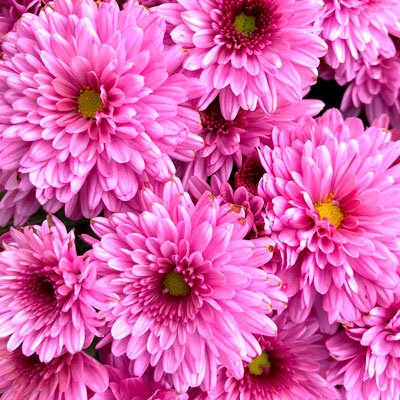
• Most of the mums you’ll find in garden centers will be what used to be called cushion mums, now garden mums. They will stay neat and compact without the need to have their tips pinched out.
• If you are given a florist potted mum, you can plant it into the ground, but it will usually bloom later, probably around November 1. Those plants will be much taller. You’ll want to pinch out their growing tips in spring and again a time or two in summer to keep the plants more compact. Otherwise, they’ll grow tall and leggy and will need to be staked.
• If you want really large flowers, you must pinch out the side buds that develop along the stems. This is called “disbudding,” and it’s the way that growers get the huge “football” mums.
• Once chrysanthemums have finished blooming you can see next year’s stems starting to form down at the bases of the plants. At that point you can trim off all of the old stems and discard them. The new stems will grow a bit in the fall, but most of their growth will come in the spring and summer.
• Mums are propagated by division. You can do so either in late fall after the plants are completely through blooming or in very early spring as the new growth is starting to show.
Note: Don’t overlook the chance to repot a budded or blooming garden mum from the nursery into a decorative container and feature it alongside your entryway. You can always plant it into the garden after it finishes flowering.
